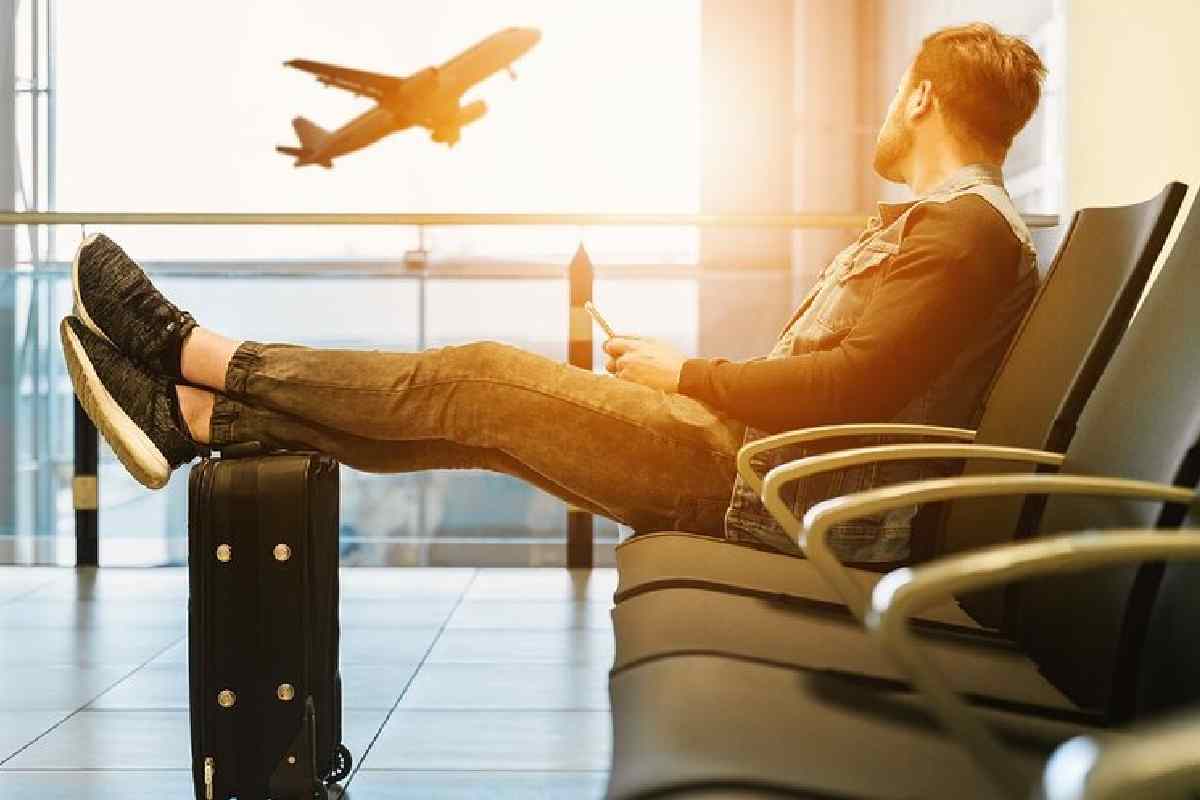One of the most common phobias in the world is the fear of flying. According to statistics, about 15% of the adult population suffers from aerophobia. Because of this, many people avoid traveling on airplanes. But flying machines are the safest mode of transportation, with one death per 8 million flights. How does aerophobia manifest itself and how to deal with it effectively?
How Aerophobia Manifests Itself
Aerophobia is a mental disorder in which a person has an uncontrollable fear of flying. In this case, people are practically unable to carry out air travel. During the trip, they begin to panic, in which they can cause harm to themselves and others. Even watching your favorite movie, playing a Book of Dead demo, and reading a book by your beloved author don’t help.
The reasons for the development of fear can be different. The most common include:
- Inaccuracy or lack of information regarding airplane travel.
- The impact on the human psyche of mass media, TV, movies that describe scenes of airplane crashes.
- Negative experience of flights that took place in a stressful situation.
- Stories of friends, acquaintances, and loved ones who have experienced a bad airplane ride.
Moreover, there are a number of internal factors that can provoke the development of aerophobia:
- Chronic physical or psychological fatigue.
- Constant stresses that traumatize the psyche.
- Tendency to depression, psychological disorders, neuroses.
- Disorders in the work of the vestibular apparatus.
Quite often aerophobia is formed against the background of other disorders, in particular, claustrophobia, fear of heights, etc.
Fear of flying is accompanied by a number of symptoms that arise a few days before the airplane trip. A person develops uncontrollable anxiety, which increases as the date of the flight approaches. At the same time, the anxiety state is accompanied by intrusive thoughts about the disaster, risk, and accident that may occur.
Anxiety increases with each hour, and on the day of the flight, it can be felt even physically, causing the passenger:
- Increased sweating.
- Spikes in blood pressure.
- Shortness of breath.
- Muscle tightness.
- Stomach upset, nausea, or vomiting.
- Weakness throughout the body, numbness in the extremities.
- Disorientation and absent-mindedness.
Such autonomic symptoms further increase the feeling of fear and make a person think about possible loss of consciousness on board the airplane, the development of a heart attack or even the onset of death. Such thoughts become particularly unbearable during takeoff and landing.
How to Fight Aerophobia Before Flying
Fear of air travel significantly limits the quality of life of a person, preventing him from fully enjoying all the benefits of civilization. At the heart of the disorder is the fear of death. This natural instinct is necessary for a person in situations where there is a real risk of dying or being maimed. In the case of aerophobia, such a fear of death is far-fetched and unfounded. That’s why experts advise to get rid of it even before the moment of flight.
For this purpose, its recommended to:
- Learn more about flying. You should study literature, visit aviation museums, and read about the structure of aircraft. Today there are many mobile applications that tell in detail how the airplane functions, at what stage of the flight there are certain sounds, events, etc.
- Practice on a simulator. There are special flight simulators that allow you to try yourself as a pilot and understand how the airplane is controlled.
- Study statistics. As practice shows, air travel is the safest, and the risks of dying due to the crash of the aircraft are minimal.
- Learn to use a variety of breathing exercises. Various breathing techniques allow both before the flight and during the trip to calm the psyche, relax, relieve muscle tension and restore adequate thinking.
Specialists also advise to watch a positive movie or read an interesting good book before the trip to distract yourself from negative thoughts.
Ways to Cope With Aerophobia – Fear of Flying
Follow these recommendations:
- Start without stressful situations. Minimize the development of possible problems before the flight: check-in on time, print boarding passes at home, arrive at the airport in advance, having had a good night’s sleep and rest.
- Choose the right seat. The least shaking and other “inconveniences” of the flight are felt in the front part of the airplane or at its wings. The official portals of airlines provide schemes of seats on board, thanks to which passengers will be able to find the most suitable seat.
- Use herbal sedatives. Natural sedatives, such as valerian or motherwort, will help cope with the growing sense of anxiety during an attack of aerophobia. They can be taken in advance or already on board.
- Breathe properly. Even on the eve of air travel, it’s necessary to familiarize yourself with some breathing practices that allow you to reduce stress and calm the psyche.
- Find an interesting activity. To distract yourself from bad thoughts, experts advise you to find something to do. It can be a conversation with a fellow traveler, reading a fascinating book or watching the flight from a camera located in the tail of the plane or near the front landing gear.
- Drink more fluids. Since it’s stuffy and hot on board an airplane, you should drink enough non-carbonated water to “refresh” your thoughts and reduce the impact of aerophobia. You can also treat yourself to a glass of cold champagne or non-strength wine.
If aerophobia manifests itself too strongly and causes serious mental and physical health problems, it must be treated. For this purpose, it’s recommended to use the services of professionals who specialize in the therapy of phobic disorders. Fear of Flying

